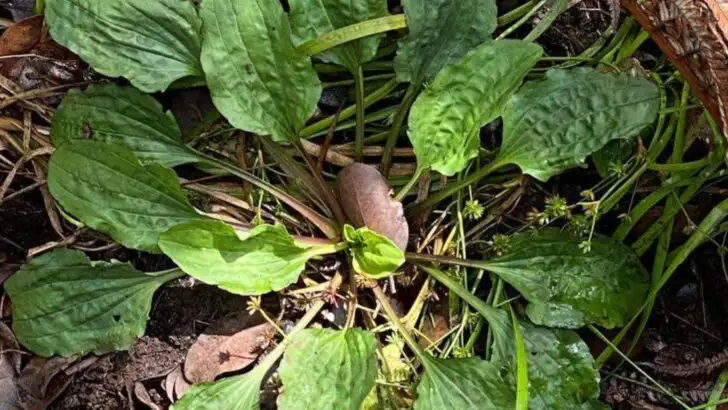Not all weeds are villains in your garden. In fact, some of the strangest, scrappiest plants popping up where you didn’t plant them are quietly doing some pretty amazing things. From improving your soil health to attracting pollinators, healing your skin, or even helping your other plants grow better, these “weird weeds” might deserve a second chance before you yank them out.
Take chickweed, for example—it’s not just edible but loaded with nutrients. Or clover, which enriches your soil and keeps your lawn lush without extra fertilizer. Some weeds act as natural mulch, while others deter pests, feed bees, or even show you signs about your soil’s condition. What looks like chaos might actually be nature trying to help your garden thrive.
So before you go on a weed-pulling rampage, meet these 18 surprising garden weeds that prove not everything wild is unwanted. You might just start letting a few of them stay.
Dandelion
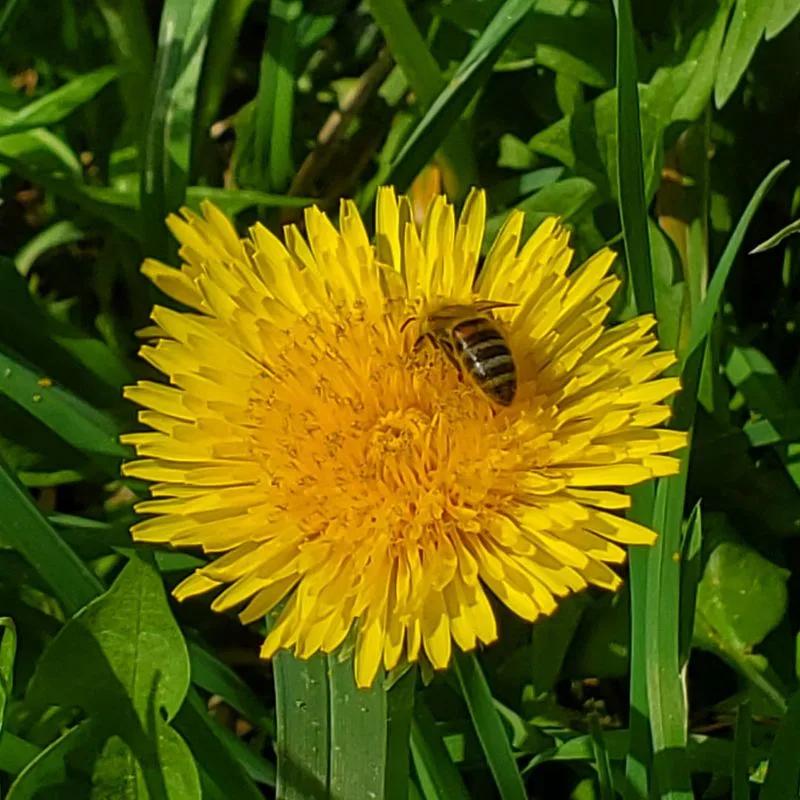
Despite its reputation as a pesky weed, the dandelion stands as a powerhouse of nutrients. Its deep roots help break compacted soil, aerating and enriching the earth. The leaves offer a vitamin-rich addition to salads, and its flowers attract pollinators like bees. This unassuming plant also serves as a medicinal herb, renowned for its detoxifying properties. Interestingly, every part of the dandelion is edible, offering a zero-waste culinary option. With its sunny disposition and health benefits, it’s a weed that earns its keep in any garden.
Clover

Clover often finds itself uninvited in lawns, yet it plays a crucial role in nitrogen fixation, enriching the soil naturally. Its presence can reduce the need for synthetic fertilizers, offering an eco-friendly gardening solution. The tiny blossoms are magnets for pollinators, ensuring a thriving ecosystem. Moreover, some gardeners appreciate clover for its soft, verdant carpet that requires less mowing than traditional grass. Its resilient nature helps it endure tough conditions, making it a steadfast ally in maintaining a healthy garden space.
Purslane
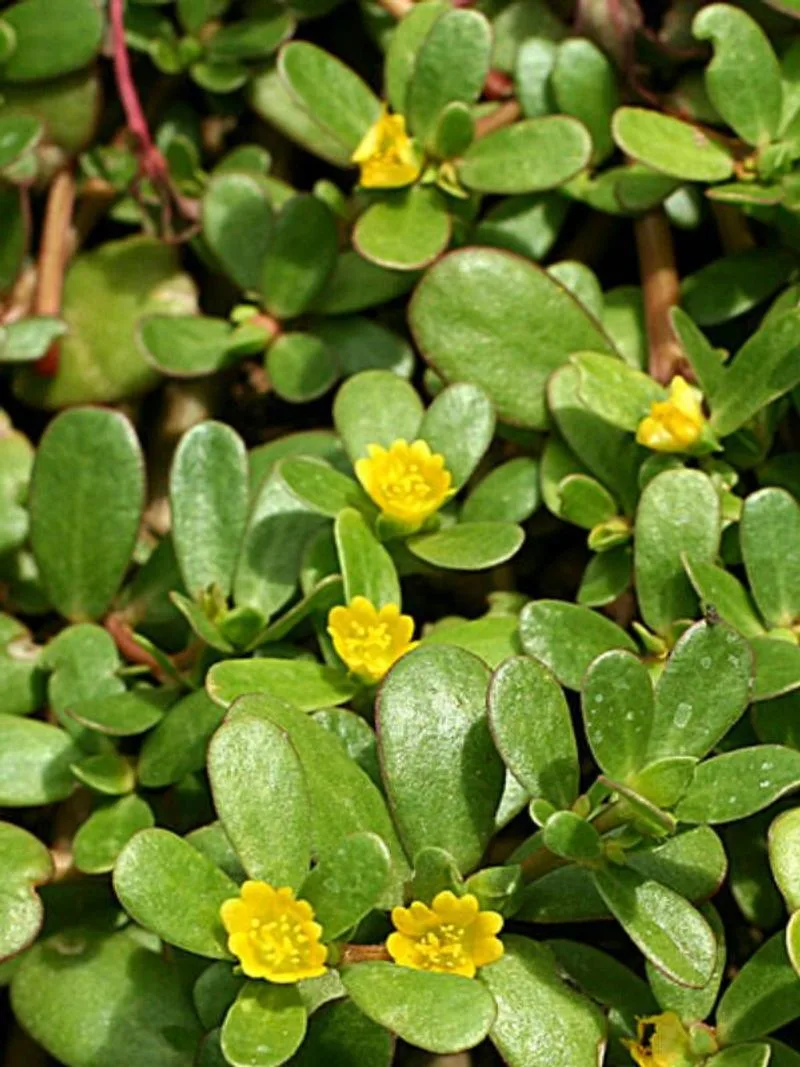
Purslane may often be mistaken for an unwanted guest in vegetable beds, but its tender, juicy leaves are a nutritional treasure. Rich in omega-3 fatty acids, it surpasses many cultivated plants in health benefits. Purslane’s low-growing habit helps suppress other weeds, acting as a natural ground cover. Its succulent nature allows it to thrive in dry conditions, providing a hardy companion for more water-thirsty plants. In addition, its subtle, tangy flavor adds a refreshing twist to culinary dishes, making it a welcome guest at the table.
Chickweed
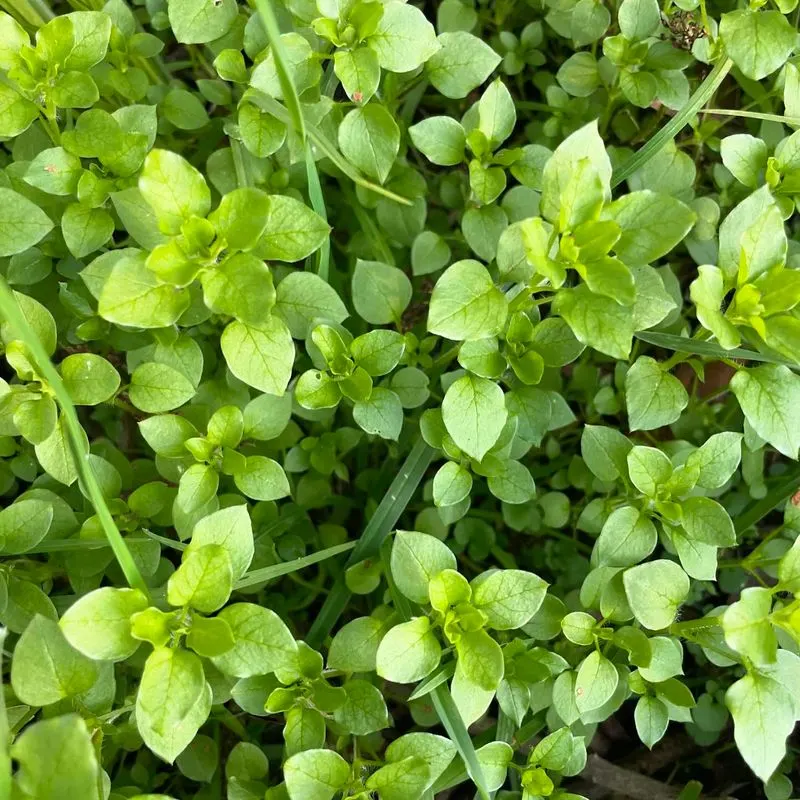
Delicate and unassuming, chickweed often gets overlooked. However, its small star-shaped flowers are telling of the nutrients it harbors. Chickweed acts as a living mulch, conserving moisture and stabilizing soil temperature. This weed is edible, carrying a mild, spinach-like taste that complements salads and soups. Rich in vitamins and minerals, it also boasts traditional uses in soothing skin ailments. Its rapid growth can be controlled easily, ensuring it remains a helpful rather than hindering presence in your garden.
Plantain
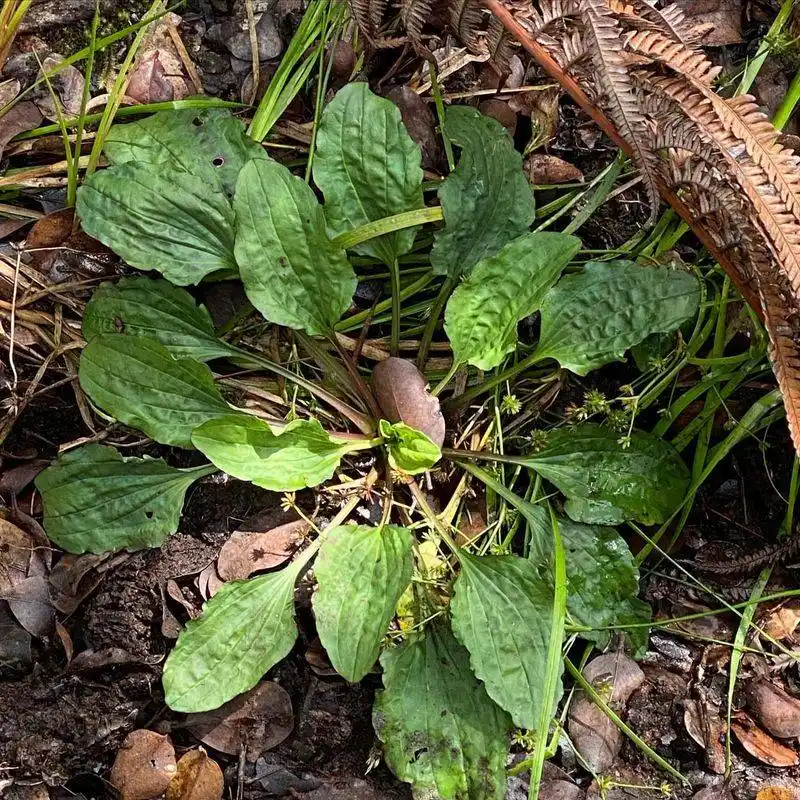
Broadleaf plantain is often dismissed as an annoyance, yet it plays the role of nature’s bandage. Its leaves can be used to soothe insect bites and skin irritations, offering a natural remedy. This weed also aids in soil aeration, as its roots break through hard earth, promoting better drainage. Plantain is edible and packed with nutrients, making it a surprising ally for health-conscious foragers. Its ability to thrive in compacted soil speaks to its resilience, proving that not all weeds are burdensome.
Lamb’s Quarters
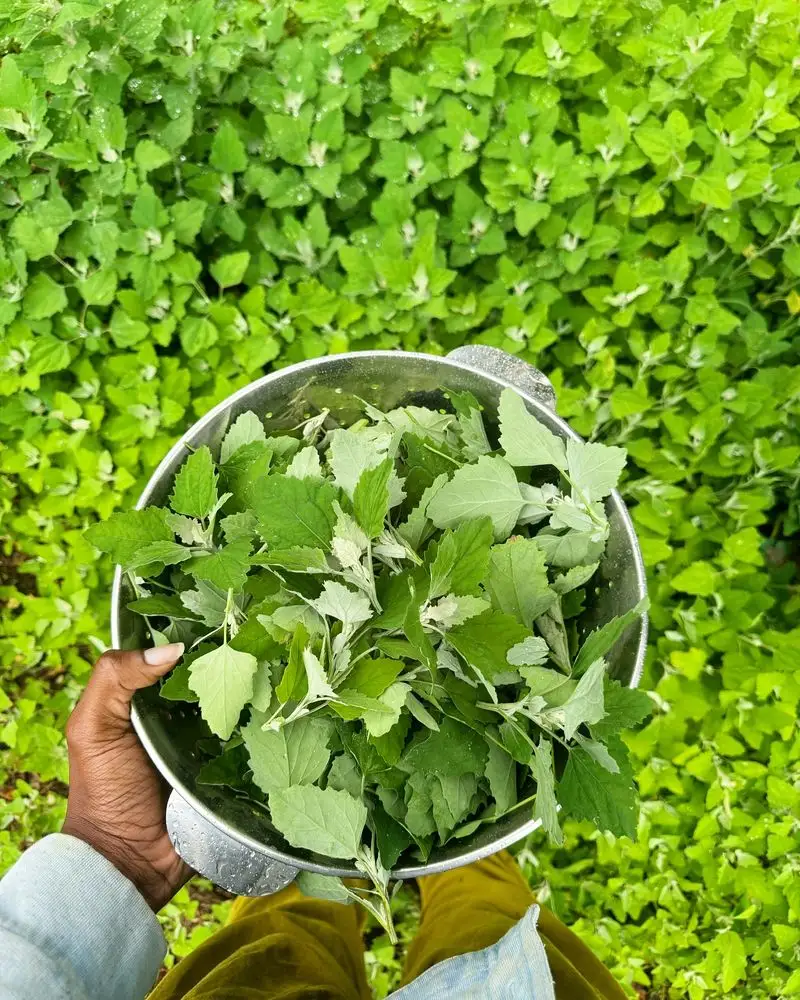
Lamb’s quarters might look like an invader, but it hides a nutritional secret. Its leaves are rich in vitamins and minerals, often compared to spinach for its health benefits. This weed improves soil structure and provides habitat for beneficial insects. Its ability to flourish in poor soil conditions means it can act as a pioneer species, preparing the ground for more demanding plants. Its subtle taste and texture make it a versatile addition to meals, providing both sustenance and soil support.
Nettle
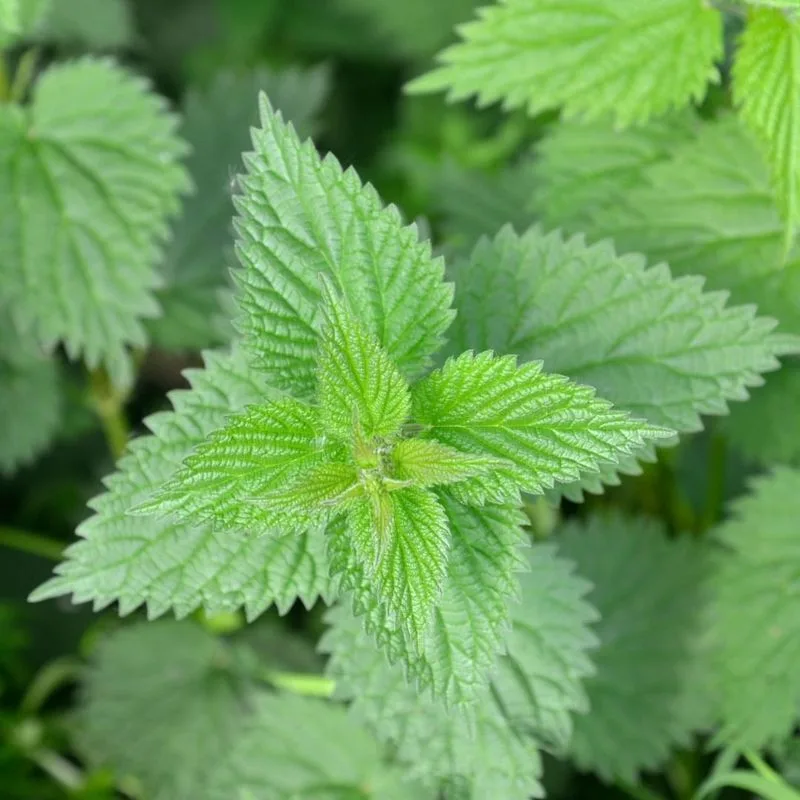
Nettle might be famous for its sting, but it’s also a powerhouse of nutrients. As a compost booster, it enriches the soil with nitrogen and other essential elements. Its leaves can be steeped to make a nourishing tea, rich in vitamins and minerals. Gardeners value nettle for its ability to attract beneficial insects and deter pests, acting as a natural pest control. Despite its prickly persona, nettle offers a bounty of benefits for both the garden and the kitchen.
Shepherd’s Purse
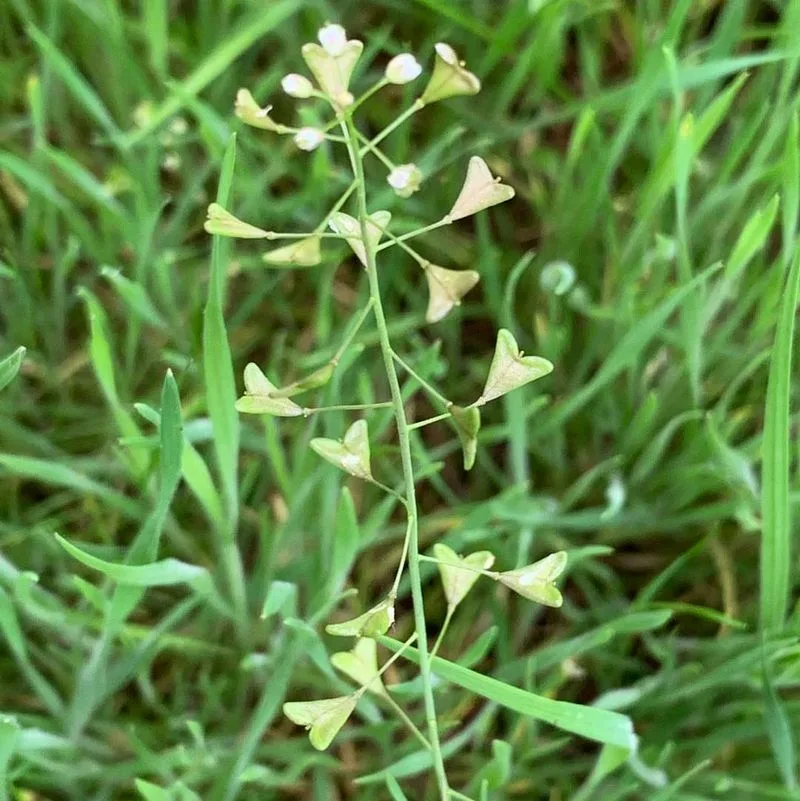
Easily recognized by its heart-shaped seed pods, shepherd’s purse is more than just a filler. It’s renowned for its medicinal properties, traditionally used to stop bleeding and treat wounds. In the garden, it helps manage soil erosion with its extensive root system. Though small, its presence can support biodiversity, offering habitat to various insects. Its leaves are edible, and their mild flavor makes them a subtle addition to salads. This weed presents itself as a healer, protector, and provider.
Self-Heal
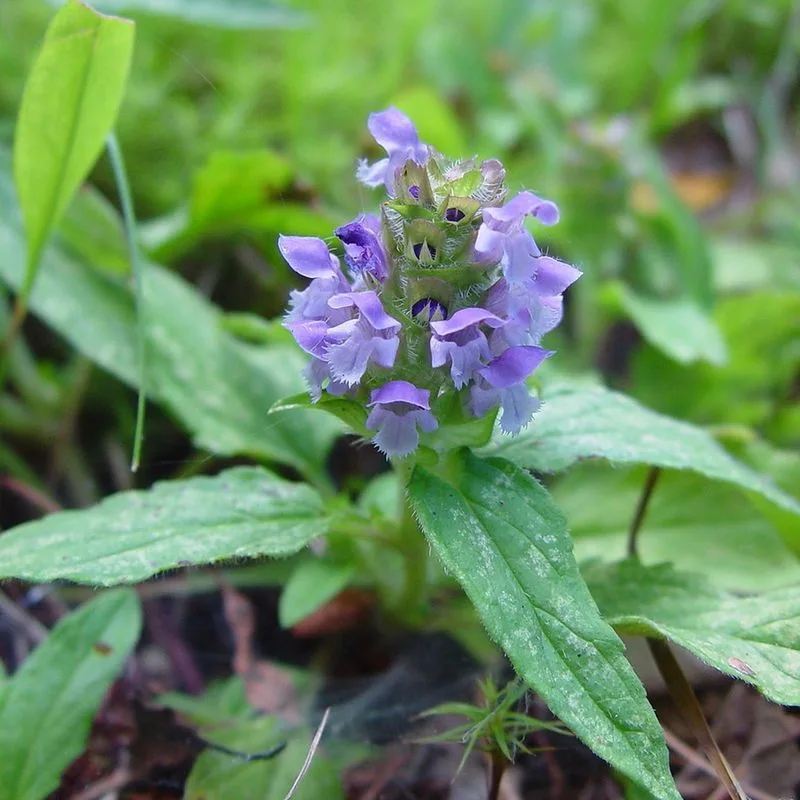
Known for its medicinal prowess, self-heal is a weed that lives up to its name. Historically, it has been used to treat wounds and infections. In the garden, it offers a colorful display with its purple blooms and attracts pollinators. This resilient plant can grow in various conditions, improving ground cover and reducing soil erosion. For those intrigued by home remedies, self-heal provides an accessible, natural pharmacy. Its presence is a testament to nature’s ability to nurture and protect.
Stinging Nettle
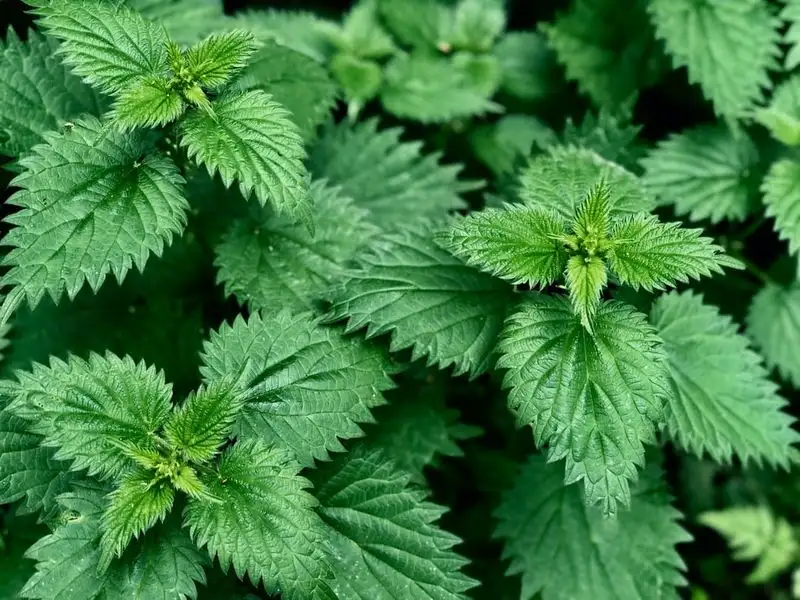
While its sting is notorious, stinging nettle deserves a second chance in the garden. It’s a rich source of minerals and vitamins, with leaves that can be used to make nutritious teas and soups. As a green manure, it contributes significantly to compost quality, enhancing fertility. Its ability to attract beneficial insects like ladybugs provides a natural pest control solution. Though it demands respect, this weed offers numerous rewards, making it a formidable friend for gardeners seeking sustainable practices.
Yarrow
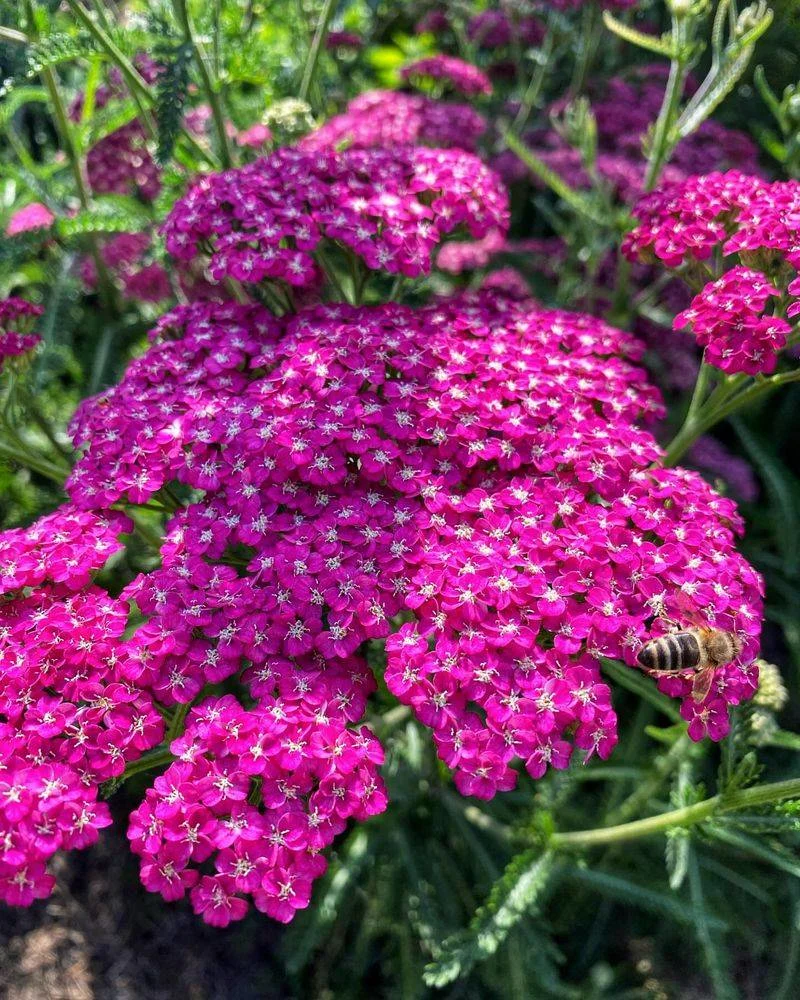
Yarrow’s feathery foliage and clusters of flowers are not just for show. This weed is a champion in pest control, attracting insects that prey on garden pests. Its deep roots help break up compacted soil, improving its structure. Yarrow’s medicinal history is rich, often used to treat wounds and fevers. Its ability to thrive in poor soil conditions makes it an asset in areas where other plants struggle. Yarrow’s presence brings balance, health, and harmony to the garden.
Wild Violet
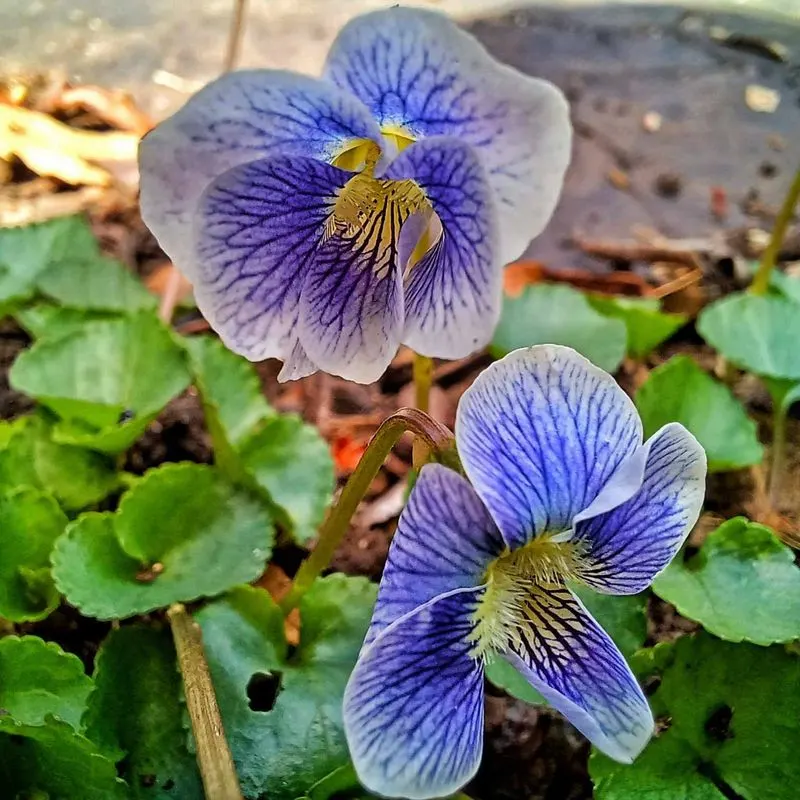
Wild violets add a splash of color, with their charming purple flowers offering more than just beauty. These resilient plants can thrive in shaded areas, suppressing other unwanted weeds. The leaves and flowers are edible, adding a visual and nutritional boost to salads. Wild violets also act as ground cover, conserving soil moisture and preventing erosion. Their adaptability and allure make them a welcome sight in any garden, proving that even weeds can be graceful additions.
Borage
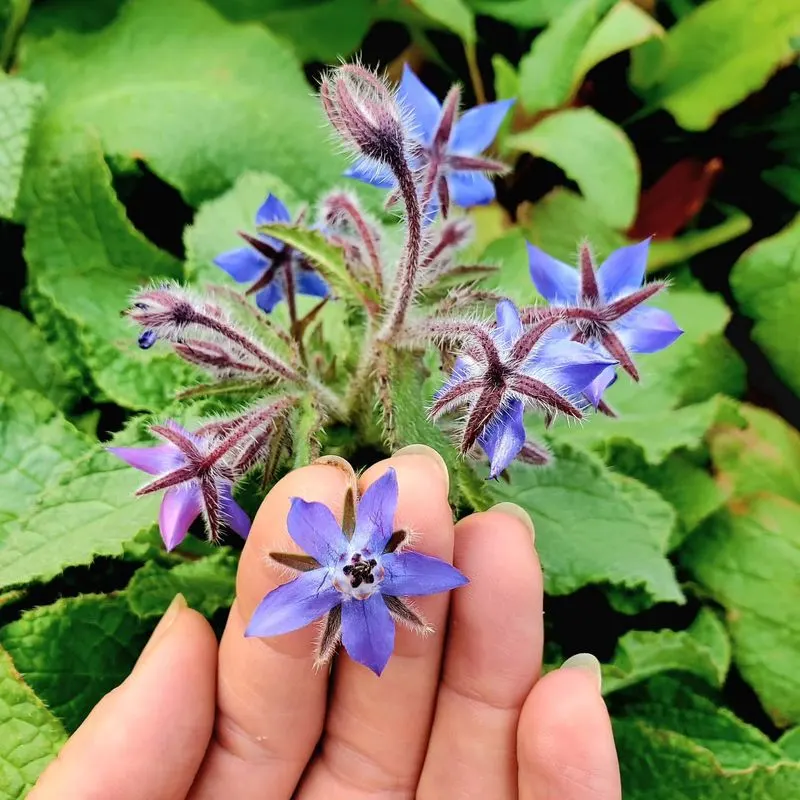
Borage brings a touch of the exotic with its starry blue flowers, but its benefits run deeper. This weed is a magnet for pollinators, supporting biodiversity in the garden. Borage leaves enrich the soil when used as a green manure, contributing to its fertility. Its cucumber-like flavor adds a refreshing twist to culinary dishes, making it a favorite among chefs. With its vibrant appearance and multi-purpose nature, borage is a garden guest worth welcoming.
Creeping Charlie
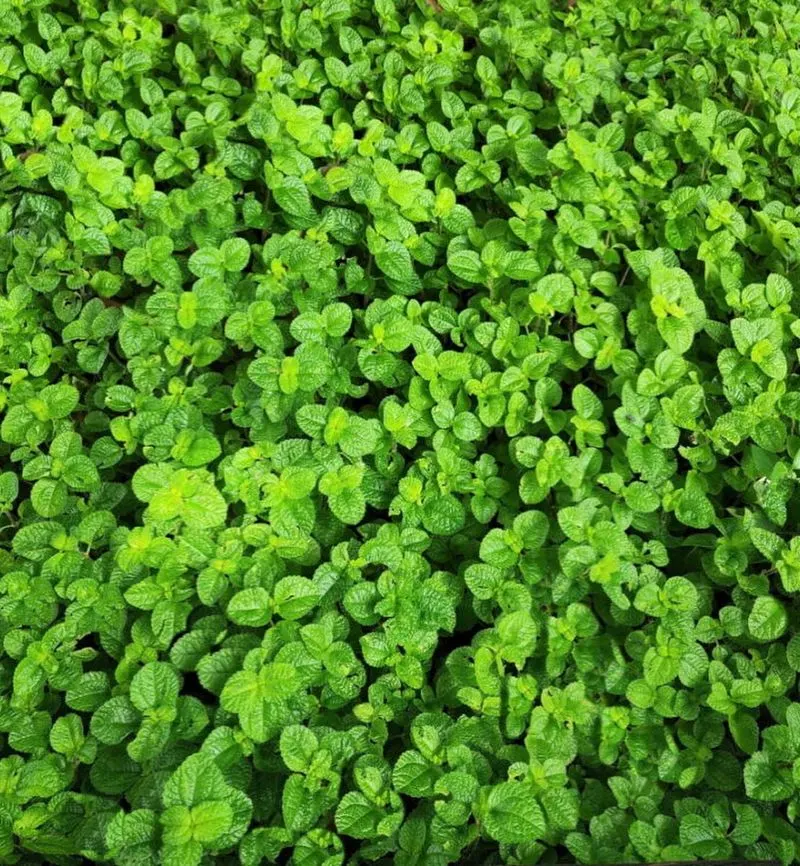
Often regarded as a nuisance, creeping charlie brings unexpected benefits. Its dense growth pattern provides excellent ground cover, suppressing less desirable weeds. The plant is aromatic, with leaves that can be brewed into a herbal tea. Creeping charlie improves soil quality by enhancing organic matter as it decomposes. Despite its invasive reputation, it offers resilience and adaptability, making it a potential ally in maintaining healthy soil and garden aesthetics.
Burdock
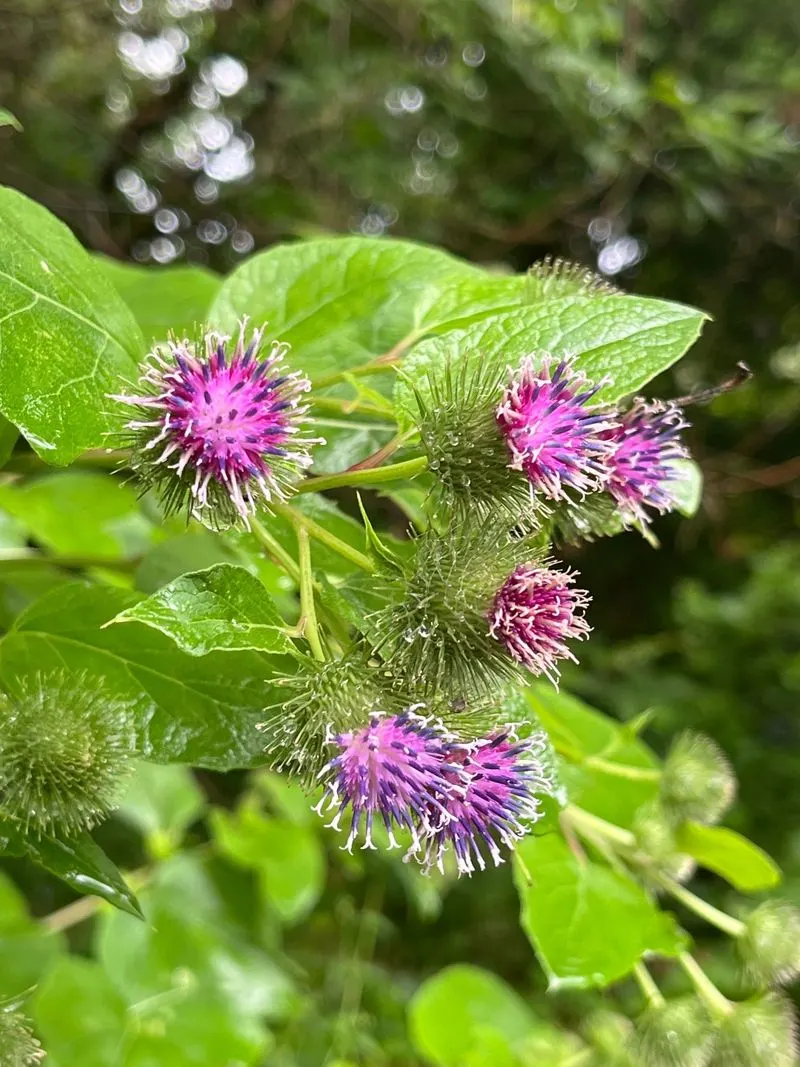
Burdock might be known for its clingy burrs, but it has a lot to offer. The roots are edible and are a staple in some cuisines, known for their earthy flavor and detoxifying properties. Burdock’s deep roots help break up compacted soil, facilitating better moisture and nutrient distribution. The plant also serves as a habitat for beneficial insects, boosting garden biodiversity. Despite its prickly exterior, burdock provides a wealth of utility, from culinary uses to soil improvement.
Mugwort
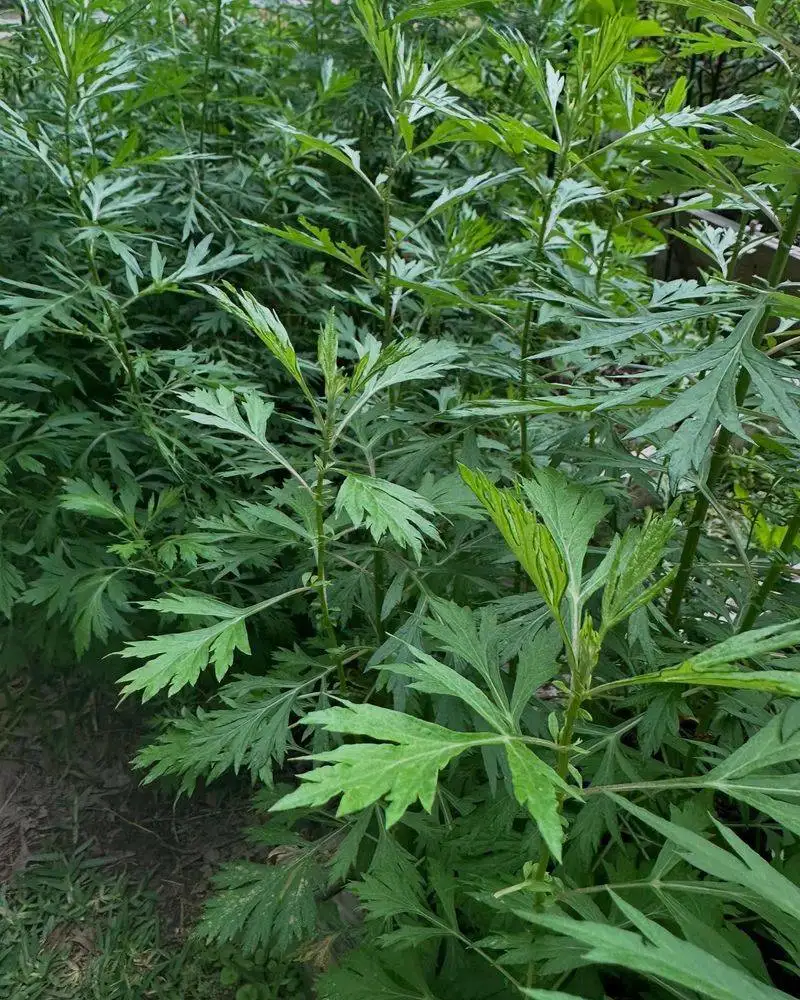
Mugwort, with its aromatic leaves, is more than just a wild wanderer. It’s cherished in traditional medicine for its calming properties, and its leaves can be used in teas and smudging rituals. Mugwort enhances soil health by improving drainage and contributing organic matter. The plant is known to repel insects naturally, adding a layer of pest management to the garden. Mugwort’s unique characteristics and multifaceted benefits make it a mysterious yet valuable garden presence.
Queen Anne’s Lace
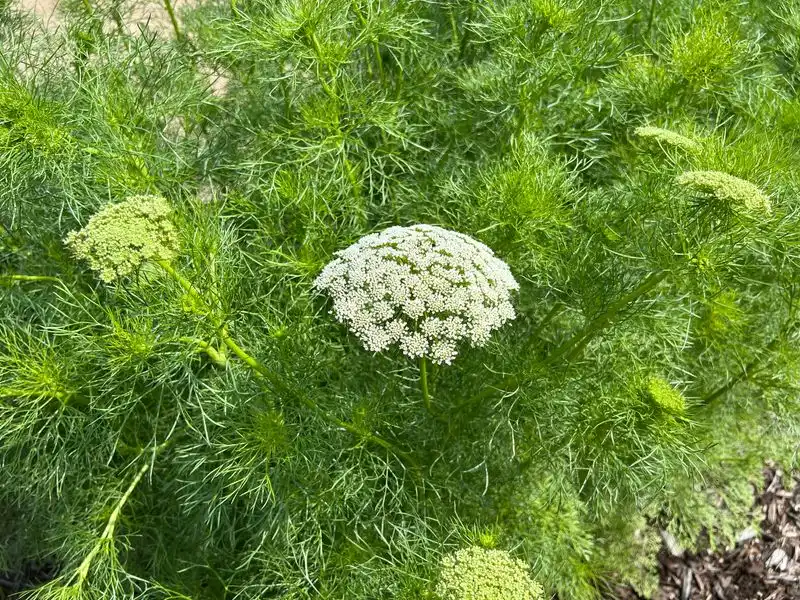
Queen Anne’s lace, with its lacy white blooms, is a garden’s understated beauty. Its flowers attract a variety of pollinators, including bees and butterflies, enhancing biodiversity. This plant’s roots help aerate the soil, contributing to healthier plant growth. Known for its ties to the wild carrot, it shares the same aromatic qualities. Though often overlooked, Queen Anne’s lace provides ecological benefits and a touch of elegance to any garden setting.
Ground Ivy
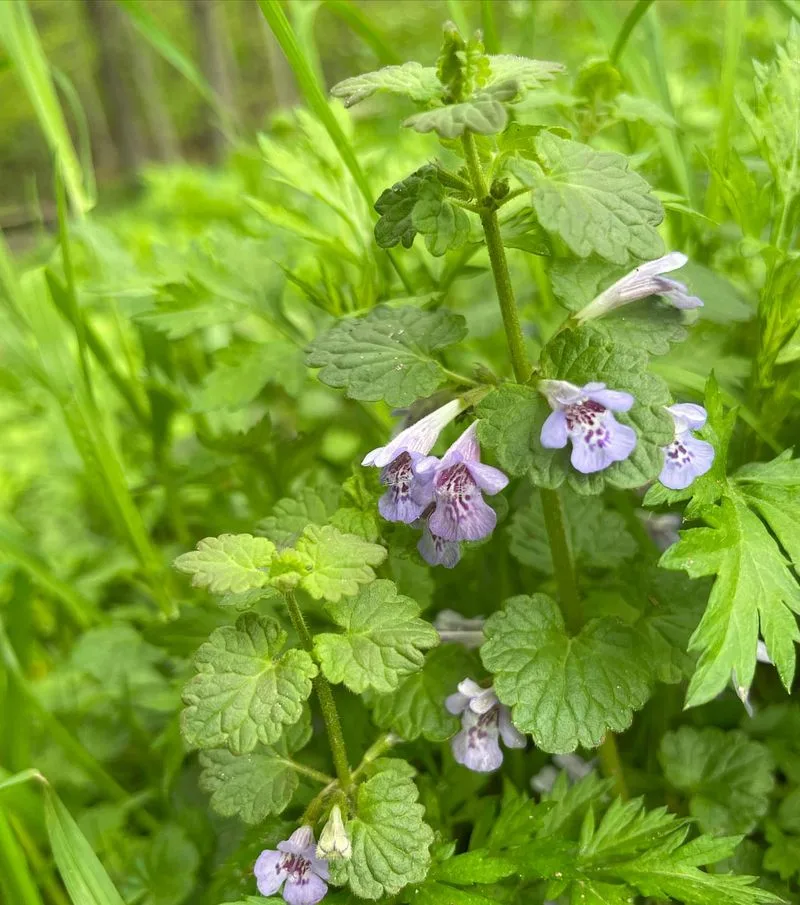
Ground ivy, with its creeping nature, often gets a bad rap, yet it offers surprising virtues. It serves as a robust ground cover, retaining soil moisture and preventing erosion. The aromatic leaves have been used in traditional remedies for respiratory issues. This weed’s presence indicates fertile soil, often thriving in rich, moist environments. Ground ivy’s resilience and utility transform it from a mere invader into a beneficial garden ally.

